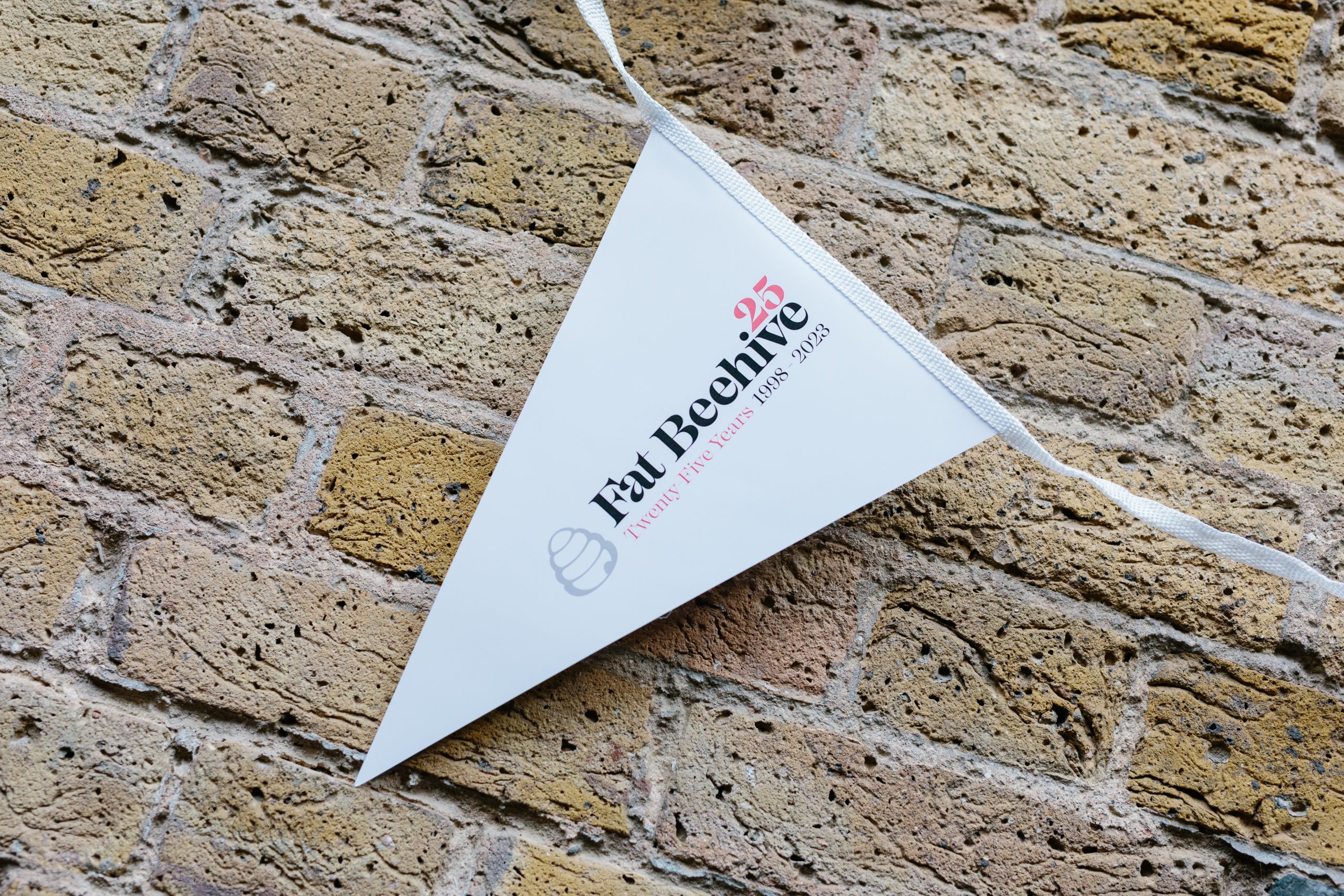
If they instinctively changed channels during commercial breaks on TV, or would routinely ignore circulars sent in the post, then there wasn’t really a way of reminding them that your nonprofit existed.
That’s bad enough for established charities, which at least have the advantage of familiarity. You can have the most sellable cause in the world, but if you’re not in front of potential donors, you’ll never be at the forefront of their mind at the crucial moment that they’re feeling generous.
The internet has changed all that, and doubly so now that most people have a computer in their pocket more powerful than that which launched the Apollo mission.
Yes, the competition is vicious, but the right campaign can really strike a chord. Here are seven examples of particularly memorable campaigns.
1. The fun viral sensation
Everyone knows of the Ice Bucket Challenge, but it’s worth revisiting given how ludicrously successful it was. Pre-ice bucket, the MND Association would receive on average £200,000 a week in donations. From 22 to 29 August 2014, it received £2.7m with a simple, viral challenge: drop a bucket of ice cold water on your head, film the results and challenge your friends to do the same.
Each video started with a message to support the charity, which in total was estimated to have given the MND Association an overall boost of some £90,000,000, which in turn helped discover a new gene tied to the disease.
2. The social experience
On a similar social note, Charity Swear Box was a rather clever initiative, that briefly (the website is now closed) changed a vice into a virtue.
By simply visiting the website and entering a Twitter username, the Charity Swear Box would consult the account, and count the number of bad words used in the last month. It would then charge the user 10p per word with the money going to one of a number of charities, giving the guest the chance to share their punishment in a tweet, naturally.
3. The sense of meaning
For some, the satisfaction comes from knowing that they’re making a difference, rather than broadcasting it. For this, it’s worth taking a leaf out of the Swedish blood service’s books.
Simple, but effective: the service would not only send donors a thank you text message when the blood was taken but would send a follow-up message once the blood was safely flowing through a patient’s veins. A double hit of feel-good vibes, far more effective than a non-personalised letter.
4. The slow-burn thinker
For 2017’s World Suicide Prevention Day, Movember came up with a very clever campaign encouraging men – who are far more likely to commit suicide than women – to talk to each other and listen out for hidden warning signs.
The Unmute Him campaign was a series of fairly benign-looking YouTube tutorial videos which begun with the sound turned off, and innocuous subtitles. When prompted by the video to unmute, you finally hear that what was actually being said – a far more revealing and personal cry for help. The message is a haunting and effective one: be there for loved ones and don’t take a stiff upper lip at face value.
5. The unexpected appearance
People who routinely use Deliveroo will know of the thrill of seeing a new vendor appear in the list, and that’s what Missing People capitalised on last December. “Ride to Find” would appear on the list of restaurants in your area, and when clicked on, you’d find a short blurb about the charity’s mission and the opportunity to donate along with your actual order.
On top of this, the company put posters of missing people on the backpacks of riders, essentially making them portable billboards. This clever campaign managed to find three out of four of the targets within the first few days of the initiative starting.
6. The big impact
Similarly, the element of surprise was also effectively employed by the Immigrant Council of Ireland, which raised awareness of sex trafficking on Tinder.
Fake profiles were added to the hook-up app, with models’ pictures in place. As the interested party swiped through the snaps, the model got gradually more bruised, highlighting the abuses sex trafficking victims go through. It ended with a haunting message: “Your options are [to swipe] left or right. Sex trafficking victims have no options. You have the option to help end it right now.” The message was accompanied by a link to donate.
7. The guilt trip
Sometimes, though, a guilt trip is the most effective way of actually getting people to put their money where their good intentions are.
This was employed to great effect by Unicef’s ‘likes don’t save lives” campaign, which gently but effectively emphasised the obvious problem with armchair activism: charitable causes need money, not sympathy.
Or for a more light-hearted approach to guilt, Volunteer Match in the US implored people to do more than just click and swipe.
Simpler first steps
Of course, not everyone has the time or budget for the kind of campaigns listed above, and even if you do, they’ll always be a bit of a gamble. Fortunately, there are simpler, cheaper and probably more effective steps you can take to make your cause more appealing to mobile users.
The first may seem obvious and far duller than the case studies above, but it’s essential: make sure your website is mobile friendly – roughly half of UK web browsers are on a phone or tablet. If your site doesn’t display right, then there’s no way a potential donor is going to stick around long enough to find out about your mission.
On a related note, it’s hard to overstate the importance of A/B testing – something we’ve covered in more detail over here. Suffice it to say, tiny differences in your website could mean the difference between thousands of pounds in donations.
Thirdly, how you accept said donations is crucial. You need to make the process as simple as possible, wherever a person is. You can read up on some of the best donation platforms here, but you should also ensure that you can accept donations via text, as a simple convenient way for people to donate no matter where they are.
Finally, while the power of the Facebook ad has definitely diminished, it’s still a unique way of getting your message in front of sympathetic eyes – especially if you’re a niche charity. With the ability to filter via interests and age brackets, Facebook adverts can be started with a small budget and they offer a level of targeting that could only be dreamed of a decade ago.
– Do you know of other great campaigns or digital products that helped raise a charity’s profile or bank balance? Let us know on Twitter.

